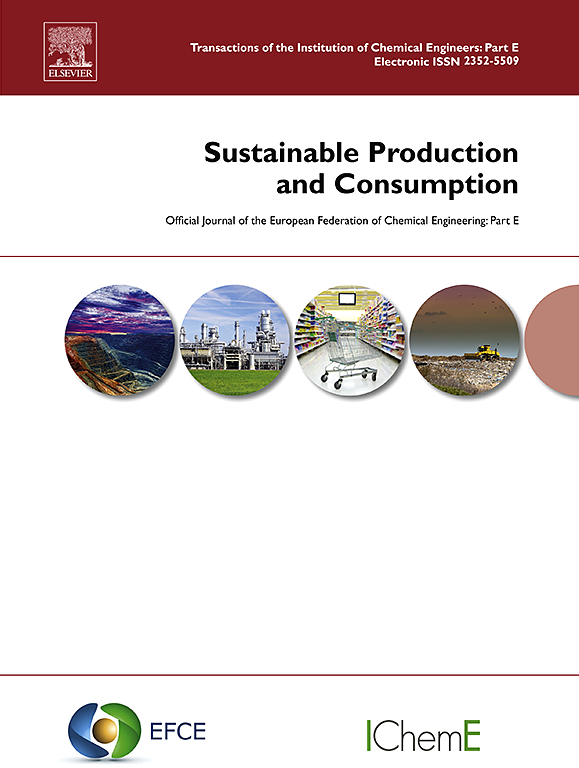盐水提纯技术系统的生命周期可持续性评估
IF 10.9
1区 环境科学与生态学
Q1 ENVIRONMENTAL STUDIES
引用次数: 0
摘要
本文章由计算机程序翻译,如有差异,请以英文原文为准。
Life cycle sustainability assessment of brine valorisation technology systems
New valorisation technology systems can potentially solve the growing industrial challenge of managing increasing quantities of brine effluents, through the recovery of salts, minerals and water. Life Cycle Sustainability Assessment (LCSA) can aid the technology development by evaluating the sustainability implications between increased treatment and resource recovery and reuse. This study applies LCSA to four case studies involving innovative brine treatment and recovery systems: a demineralised water plant, a coal mine, textile plant and a silica plant. The results demonstrate potentially significant environmental and economic benefits of the Zero Brine systems compared to the reference systems. Climate change is lower for the Zero Brine systems in 3 of the 4 cases, reducing from: 3.0 to 2.5 CO2 eq/m3 for the demineralised water plant, 18.6 to 10.7 CO2 eq/m3 for the coal mine and 0.29 to −4.7 CO2 eq/m3 for the silica plant (the negative value representing a credit due to recovered materials replacing virgin ones). This represents reductions in climate change of between 13 % to 1690 %. Other impacts of the Zero Brine systems were lower for the coal mine and silica plant, but higher for the DWP and textile plant (apart from resource depletion). Life Cycle Costing shows an increase of 45 % and 352 % in costs for the silica and demineralised water plant plants respectively, but a decrease of 14 % and 93 % in costs for the coal mine and textile plant respectively. The main social benefit is shown to be reductions in water use, which was reduced by up to 90 % in the silica plant case study. Other social indicators indicate minimal change, as many consumables in both systems are derived from European production. The study demonstrates that the benefits of Zero Brine systems depend on the recoverable sustainability “value” of the brine's constituents and whether they offset the increased consumption of energy and chemicals. The utilised LCSA approach of minimising the number of indicators and avoiding aggregation, helps to maintain transparency and interpretability, whilst streamlining the process and aiding communication and visibility. Further study should investigate the marketability of the recovered products, associated processing and distribution impacts, and verify the impacts of full-scale plants.
求助全文
通过发布文献求助,成功后即可免费获取论文全文。
去求助
来源期刊

Sustainable Production and Consumption
Environmental Science-Environmental Engineering
CiteScore
17.40
自引率
7.40%
发文量
389
审稿时长
13 days
期刊介绍:
Sustainable production and consumption refers to the production and utilization of goods and services in a way that benefits society, is economically viable, and has minimal environmental impact throughout its entire lifespan. Our journal is dedicated to publishing top-notch interdisciplinary research and practical studies in this emerging field. We take a distinctive approach by examining the interplay between technology, consumption patterns, and policy to identify sustainable solutions for both production and consumption systems.
 求助内容:
求助内容: 应助结果提醒方式:
应助结果提醒方式:


